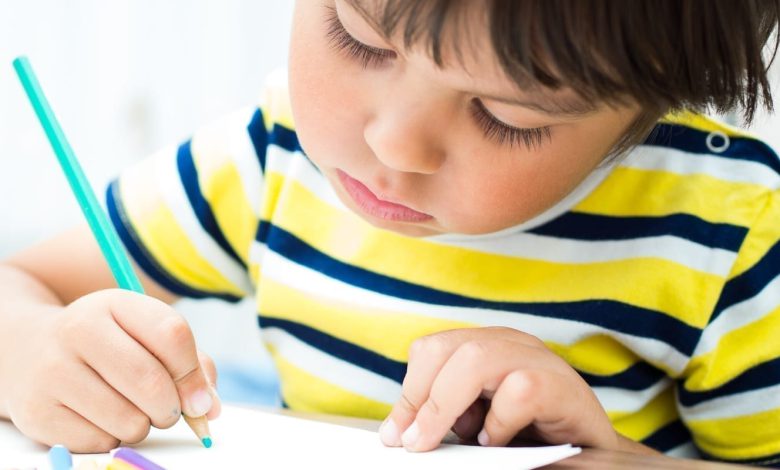This Is What You Need to Know about Visual Learners and Other Learning Styles

This Is What You Need to Know about Visual Learners and Other Learning Styles
Many adults claim they are visual learners, but how do you know if this applies to your child? Vision is an important component of learning, and this is especially true for children. For example, babies learn how to smile after watching their parents do it over and over again. After repeatedly seeing their parents smile, babies imitate the expression.
There are a few key ways for parents to tell whether children are visual learners. Activities like art projects that demand high levels of creativity will give parents hints that children prefer this learning style. Visual learners tend to learn better through demonstration, love books and have a vivid imagination. If you are interested in figuring out if your child is a visual learner, keep reading for some helpful tips.
Traits of Visual Learners
Although being a visual learner is common, it may not be easy to recognize, especially in small children whose personalities are still forming. Visual learners learn the most effectively through observation. Children who learn this way typically thrive in school and grasp academic concepts that are demonstrated by a teacher.
Children who are visual learners tend to have enhanced memorization and can easily recall information that they have seen before without much effort. Common positive traits of visual learners include better short- and long-term memory, excellent navigation skills, and a preference for tactile information like books, newspapers, and magazines.
On the other hand, strictly visual learners may struggle to learn concepts that are delivered in an auditory form. Learning by listening can easily confuse a visual learner; they may miss certain details or have diminished recall when it comes time to demonstrate their knowledge. These signs are ways that parents can tell if their children are visual or auditory learners.
How to Determine a Child’s Dominant Learning Style
It’s not unheard of for a child to have more than one learning style. However, there will usually be at least one that is more prominent than the others. Common learning styles include:
Visual
Visual learning is simply preferring to use the eyes to assimilate information. Visual learners will thrive by reading and analyzing, whether it’s stories and pictures in a history book or graphs in math class. Visual learners are extremely common in classrooms just because sight is naturally one of the first ways to learn anything.
Aural (Auditory)
This preference is commonly known as auditory learning. These students assimilate information the best through sound. Often, auditory learners use strategies like repeating what they hear multiple times or listening to music while completing work. Some schools offer tools like audiobooks and music programs to assist kids who have this learning style.
Verbal (Linguistic)
Verbal learning can be compared to auditory and even visual learning. However, this style typically focuses on the deeper meaning of a topic. Verbally-inclined students typically ask questions and enjoy debating. It’s not out of the ordinary to find a verbal learner reading aloud while studying, although this is just one of the many ways that they can retain information.
Physical (Kinesthetic)
Physical learning is a less common learning style. Physical learning happens through movements and physical demonstrations as well as by engaging the sense of touch. One of the main ways to tell if children are physical learners is if they use their hands often while speaking. You will typically find that these learners prefer methods that will allow them to move around and stay busy.
Logical
Logical learners thrive when connecting multiple concepts through critical thinking to solve problems. When you watch these children study, you may see them dissect every detail and reconnect them. That is one of the most effective ways for logical learners to retain information.
There are multiple ways for you as the parent to find out what style of learning best describes their child. In addition to the descriptions above, parents can use online tools to determine their children’s learning styles. Daily observation can also help caregivers and teachers to identify children’s preferred learning styles.
Learning through Trial and Error
Teachers are not always able to cater to instruction based on learning styles. Rather, they may have to use whatever method is best for conveying topics to a group. While it may seem counterintuitive, this approach allows children to figure out what is easier for them and utilize those methods when studying independently.
As soon as you notice how your children prefer to learn, you can start to identify methods that best suit their learning styles. It is not uncommon for kids to have more than one learning style, and learning styles may vary from subject to subject. Figuring out the style children gravitate towards can improve their performance in school and provide you with new ways to relate to your child at home.
Interested in learning more about Little Sunshine’s Playhouse, contact a location near you.





